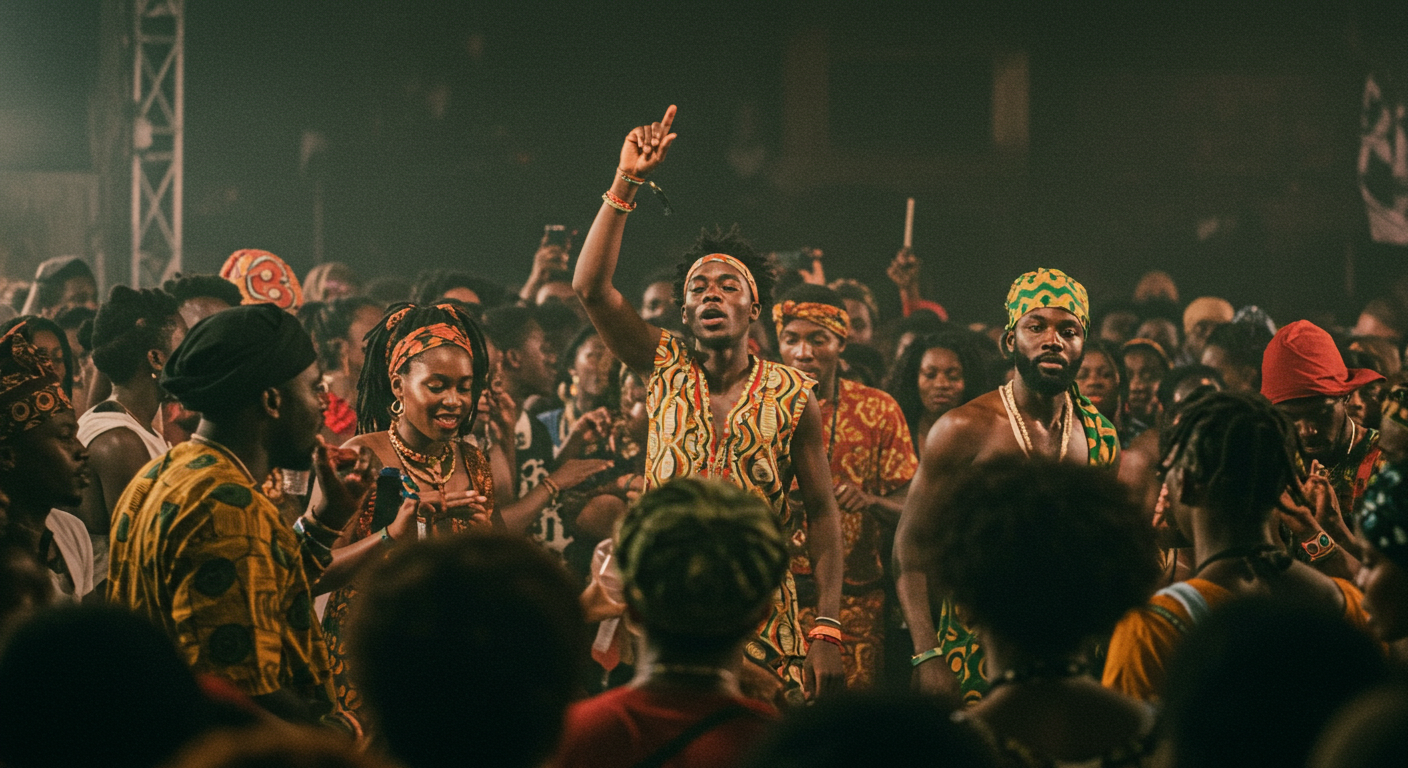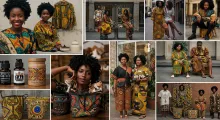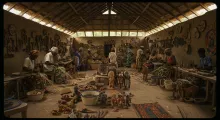Over the past decade, Afrobeats has exploded from a regional sound into a global cultural force. From clubs in Lagos to radio stations in London, to festivals in New York and dance floors in Tokyo, the world has fallen hard for the infectious rhythms, bouncy beats, and undeniable vibe of Afrobeats.
But why now? Why has the world suddenly tuned into what Africans have been vibing to for decades? In this article, we explore the key elements behind the rise of Afrobeats and why the genre continues to dominate the global music scene.
What Is Afrobeats (Not Afrobeat)?
Let’s get this straight: Afrobeats, with an "s", is a contemporary fusion genre that emerged from Nigeria and Ghana in the early 2000s. It blends African rhythms with elements of hip hop, dancehall, funk, highlife, R&B, and more. Think Wizkid, Burna Boy, Davido, and Tiwa Savage.
Afrobeat, without the "s", is the politically charged, jazz-heavy sound pioneered by Fela Kuti in the 1970s. Though different, Afrobeats artists still draw inspiration from Afrobeat’s groove and rebellious spirit.
Why the World Can’t Get Enough
1. Irresistible Rhythm and Danceability
Afrobeats thrives on syncopation, layered percussion, and melodic hooks that make you move—whether you understand the lyrics or not. It’s body music. You feel it before you even hear it properly.
2. The Power of the Diaspora
African diasporic communities in London, New York, and Toronto have championed the genre for years, sharing it on social media, in clubs, and at events. This grassroots movement created demand before the mainstream caught on.
3. Global Collaborations
Wizkid and Drake’s One Dance marked a turning point. It was followed by Beyoncé’s The Lion King: The Gift, which featured Afrobeats stars and showcased the genre to a global audience. Collaborations with Chris Brown, Justin Bieber, Ed Sheeran, and Selena Gomez have further pushed the sound worldwide.
4. Streaming and Social Media
Platforms like Spotify, Apple Music, Audiomack, and YouTube democratized access. TikTok trends based on Afrobeats songs—like Ckay’s Love Nwantiti or Rema’s Calm Down—have turned tracks into global sensations overnight.
5. Fashion, Film & Cultural Cool
Afrobeats is not just a sound—it’s a vibe. The music is often paired with stylish visuals, vibrant fashion, and powerful storytelling. Afrobeats artists present Africa as confident, cool, and creative, flipping tired narratives of poverty and war.
Who’s Leading the Charge?
Burna Boy – Africa’s “African Giant,” known for blending Afro-fusion with political and personal themes.
Wizkid – A cultural icon whose Made in Lagos album went global.
Tems – Bringing introspective soul and haunting vocals to the scene.
Davido – Energetic, flashy, and hit after hit.
Asake – Reinvigorating the scene with Fuji and street-influenced sounds.
The Future of Afrobeats
Afrobeats is no longer an export—it’s a global language. The genre is influencing Western pop, shaping dance culture, and being taught in music schools worldwide. As more African artists tell their stories and control their narratives, Afrobeats will not only remain relevant—it will evolve.
The world hasn’t just discovered Afrobeats. It’s embraced it.



